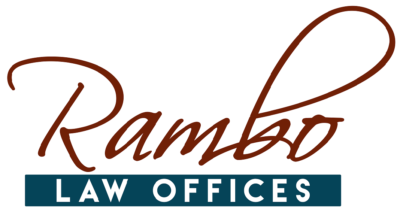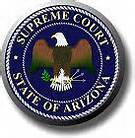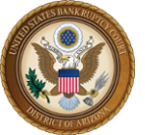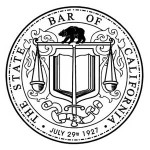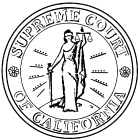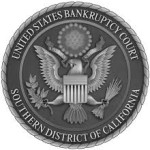The 7 Most Common Bankruptcy Mistakes
Request your free copy now!!
Business entities that want to continue operating but need to restructure finances may file Chapter 11. Chapter 11 is beneficial because it can be used to reduce the amount of debt, extend the repayment period, and/or liquidate assets. Individuals can file Chapter 11 but it's typically too cumbersome and costly and Chapter 13 is preferred. However, if an individual exceeds the Chapter 13 debt limits then Chapter 13 is not an option and Chapter 11 is necessary.
Chapter 11 is initiated by filing a petition and other documents with the court. The debtor business becomes a "debtor in possession," which means that it retains control of assets during the bankruptcy.
The debtor must file a disclosure statement regarding financial affairs and a payment reorganization plan. Once the disclosure statement is accepted, creditors may vote on the plan if they will be paid less than what is owed or their rights are altered. The plan is confirmed if there are sufficient votes in favor of it. If not, the court can order it over creditor objections.
The United States Trustee conducts the creditor's meeting, where it and creditors may question the debtor about finances and the reorganization plan. The debtor in possession is required to submit monthly operating reports to the Trustee and to pay a quarterly fee.
Filing a petition automatically stays (i.e., stops) creditors from pursuing collection activities or repossessing assets. However, in certain circumstances a creditor may motion the court to lift the automatic stay, which means it will be permitted to repossess or foreclosure on property if approved.
A debtor in possession is permitted to use assets in the normal course of business but must obtain creditor permission to use cash collateral (secured assets or proceeds derived from the sale of secured assets). Nevertheless, the court may order it if the secured creditor's interest is adequately protected in some other way.
A reasonable plan will be confirmed by the court unless a creditor objects to it for good cause.
Pre-confirmation debts are discharged upon plan confirmation, with certain exceptions. The confirmed plan essentially creates new contracts and the debtor in possession must adhere to the terms.
Business entities that want to continue operating but need to restructure finances may file Chapter 11. Chapter 11 is beneficial because it can be used to reduce the amount of debt, extend the repayment period, and/or liquidate assets. Individuals can file Chapter 11 but it's typically too cumbersome and costly and Chapter 13 is preferred. However, if an individual exceeds the Chapter 13 debt limits then Chapter 13 is not an option and Chapter 11 is necessary.
Chapter 11 is initiated by filing a petition and other documents with the court. The debtor business becomes a "debtor in possession," which means that it retains control of assets during the bankruptcy.
The debtor must file a disclosure statement regarding financial affairs and a payment reorganization plan. Once the disclosure statement is accepted, creditors may vote on the plan if they will be paid less than what is owed or their rights are altered. The plan is confirmed if there are sufficient votes in favor of it. If not, the court can order it over creditor objections.
The United States Trustee conducts the creditor's meeting, where it and creditors may question the debtor about finances and the reorganization plan. The debtor in possession is required to submit monthly operating reports to the Trustee and to pay a quarterly fee.
Filing a petition automatically stays (i.e., stops) creditors from pursuing collection activities or repossessing assets. However, in certain circumstances a creditor may motion the court to lift the automatic stay, which means it will be permitted to repossess or foreclosure on property if approved.
A debtor in possession is permitted to use assets in the normal course of business but must obtain creditor permission to use cash collateral (secured assets or proceeds derived from the sale of secured assets). Nevertheless, the court may order it if the secured creditor's interest is adequately protected in some other way.
A reasonable plan will be confirmed by the court unless a creditor objects to it for good cause.
Pre-confirmation debts are discharged upon plan confirmation, with certain exceptions. The confirmed plan essentially creates new contracts and the debtor in possession must adhere to the terms.
We are Proud to be a Designated Debt Relief Agency under Federal Law and We Provide Legal Assistance to Consumers Seeking Relief Under the Bankruptcy Code.
The information contained herein is for informational purposes only. It is not intended to constitute legal advice or to create an attorney-client relationship. We do not make any recommendations or endorsement as to any legal issue or procedure discussed. The nature of any particular legal issue should be considered on a case-by-case basis, and the information described herein is not necessarily a guide to your individual circumstances. It is advised that you seek independent legal advice to determine your particular legal needs.
Copyright © 2003 by Rambo Law Offices
